The 7th
LaureatePainting
Matta
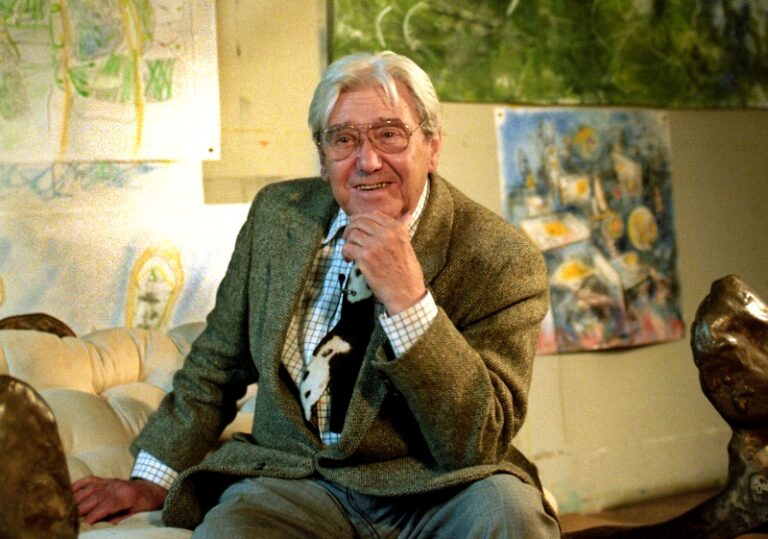
Matta had already trained as an architect with Le Corbusier and become a significant member of the surrealist group in Paris before emigrating to New York in 1939. He quickly became an influential figure on the emerging New York art scene,providing a bridge between surrealism and some of the artists whose careers would flower in the second half of the century: Pollock,Rothko,Gorky,Motherwell and others. Matta called his method ‘automatism’ and its results ‘psychological morphology’: large-scale paintings of amorphous objects engaged in elaborate cosmic dances. His nightmarish visions,stimulated by impersonal techniques such as rubbing colour stains randomly onto canvas,echoed the work of Tanguy and Dalí,while the vastness of his pictorial space implied a deep engagement with another world.
Biography
Born in Santiago,Chile – his full name is Roberto Sebastiàn Matta Echaurren – Matta has become an international artist renowned both for the intensity of his work and for his role in promoting experimental techniques amongst his fellow artists and a deeper understanding of issues central to art in our epoch. Essential to all this has been his personality; he is the liveliest of speakers and also a multi-linguist whose career has been as broadly based geographically as it has always been focused in its professional reach. Although he worked briefly as an interior decorator,his first ambition was to be an architect and he obtained his diploma in architecture in Santiago in 1931. Two years later he entered Le Corbusier’s studio in Paris. This itself was an achievement,aspired to by many young architects,and it speaks for his character as well as his talent. In 1937,however,he left Le Corbusier and architecture to devote himself to painting. At home amid the galleries and the studios of Paris,he needed little in the way of training. Almost inevitably,at this time of extraordinary political and social tensions,feeling the need to associate himself with a movement that had always been international,he turned to surrealism and was soon hailed as a significant new member by the movement’s leader,André Breton. More recently William Rubin,in his magisterial account of Dada and Surrealist Art,judged Matta’s paintings ‘the only major artistic statement made by a new adherent to surrealism during its final phase’ and ‘the last major statement entirely definable within the coordinates of surrealism’. This applies already to work Matta was doing when the outbreak of war,in September 1939,caused him and other key artists to leave France for the United States,but in assessing his importance to modern art attention must also go to the fertile role he played among New York painters during the years that immediately followed.
He was 27 years old when he arrived in New York,markedly younger than the other artist-emigrés and equipped with better English as well as his naturally outgoing personality. His knowledge of Paris made him welcome; his belief in the tenets and central methods of surrealism made him exceptionally valuable among those artists who were seeking paths away from both realism and formal abstraction into expressive modes that would permit individual development. In 1941 the meaning of surrealism was described as ‘stimulation of the imagination – in the sense of enriching sensuous life by insisting on ignored aspects of reality’,and ‘the preservation of the dignity and value of personal feelings’ in the face of social and scientific pressures. The writer was the painter Robert Motherwell,the addressee the poet William Carlos Williams. Motherwell’s letter ended,‘I can be reached by telephone via Matta’. He and Matta had gone to Mexico together,where Matta introduced him to the surrealist technique of automatism. Back in New York it was Matta who introduced the younger man to William Baziotes and other important painters,though it seems that Motherwell brought Matta to the studio of Arshile Gorky and thus made possible the semi-abstract,semi-surrealist art of Gorky’s last and most important years. Motherwell was to go on relying on automatism as a basic technique and promoting it among his fellows. Thus Pollock,Rothko and other future leaders of abstract expressionism passed through a surrealist phase under the direct and indirect influence of Matta in the early forties.
By 1939 he had found his particular vein as well as a name for it: ‘psychological morphology’. Influenced by the example of Tanguy and Dalí,and stimulating his imagination by means of colour stains randomly rubbed on to the canvas,Matta produced elaborate imaginary landscapes and cosmic scenes on canvases of a wide-screen format,in which organic forms and suggestive colours hint at anatomies and dissolution,vast spaces and apocalyptic closure. Everything is out there and it is threatening,yet everything there is in the mind of man forming the reality that invades our dreams. The forms are not capable of final definition,the space we see them in is immeasurable and unreliable. In the years that followed Matta was to people his nightmare visions with semi-human personages that function both as victims and oppressors in his pictorial arenas. Being With,1946,is a large double-square painting that suggests male,female and hermaphroditic creatures inflicting tortures on themselves and each other in a subterranean hell. In 1948 he returned to Europe,breaking formal connections with the surrealists but still working in his characteristic vein and at times attaining a more relaxed even though still dreamlike vision. A major example of this is To Cover the Earth with a New Dew,1953,in which a nocturnal landscape allows glimpses of fresh growth and a promising dawn. At this time,Matta was living in Rome where,in 1962,he was awarded the prestigious Premio Marzotto. Now Paris is his home,although a stream of major exhibitions,publications,prizes and public activities has continued to add to his global visibility.
Norbert Lynton
He passed away on November 23,2002,Roma
Chronology
Matta. Centre Georges Pompidou,Musee national d'art moderne 3 octobre-16 decembre 1985 / Roberto Matta. Paris : Editions du Centre Pompidou,1985,
Surrealism and the painting of Matta and Magritte. Stanford: Humanities Honors Program,Stanford University,1970.
Matta. the first decade. May 9-June 20,1982 / Echaurren Matta ; Sebastian Roberto. Waltham : Rose Art Museum Brandeis University,1982.
Matta / Echaurren Matta ; Sebastian Roberto. Paris : Centre Georges Pompidou,Musee National d'Art Moderne,1985.
-
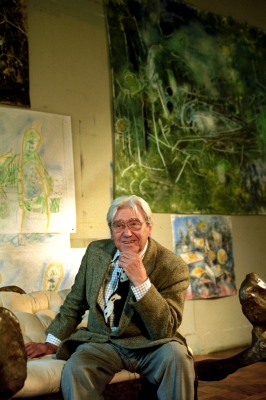
At his home
-
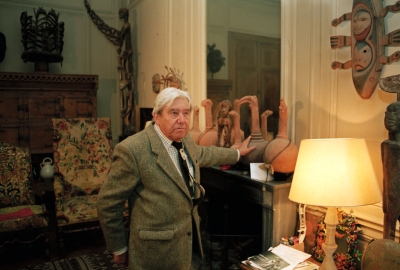
At his home
-
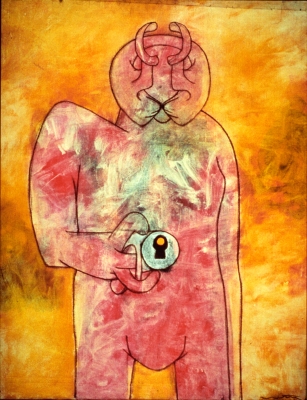
Le Poète(Un poète de notre Connaissance)
-
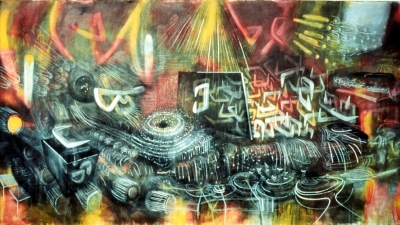
Illumine le temps

